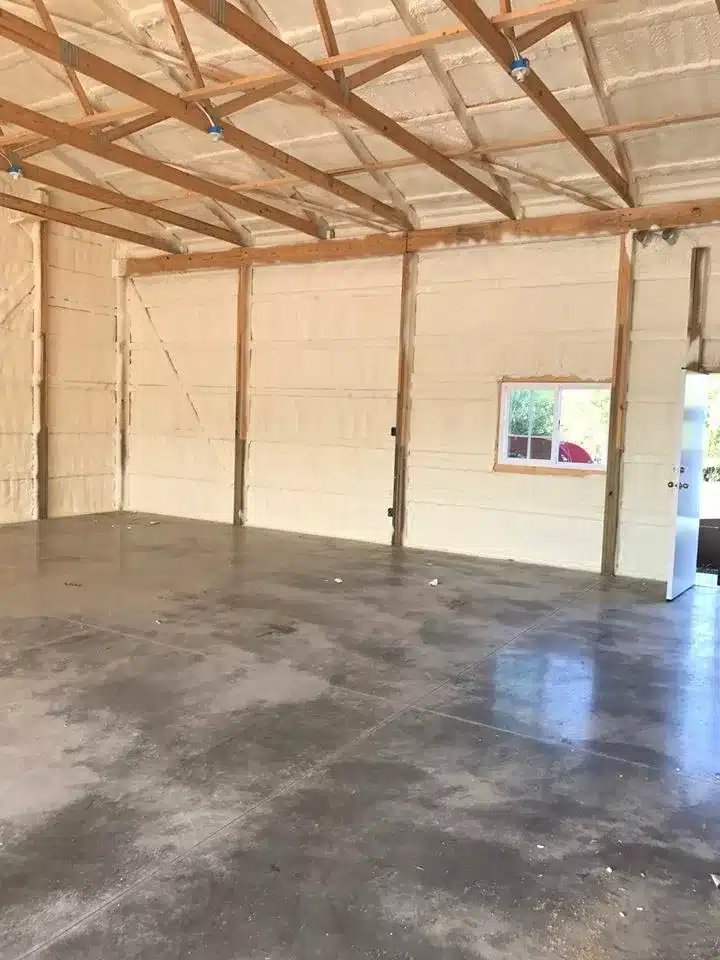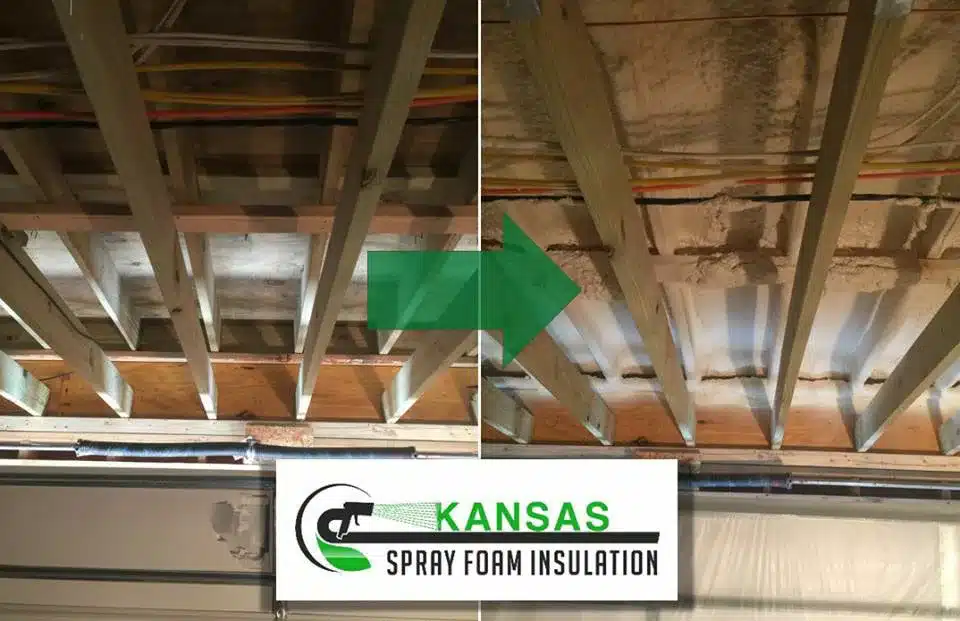Thermal Barrier Coatings
Elevate Fire Safety with Our Advanced Thermal Barrier Coating
Welcome to Kansas Spray Foam Insulation, where safety and performance converge to redefine your insulation solutions. At Kansas Spray Foam Insulation, we understand the critical importance of fire safety in building structures. This thermal protection from fire keeps the toxic smoke from harming occupants while they are escaping in the event of a fire.
Elevate the standard of protection in your projects, ensuring compliance, and the well-being of occupants. Trust Kansas Spray Foam Insulation to be your reliable partner in creating spaces that prioritize safety without compromising on efficiency.

Discover the Benefits of Thermal and Ignition Barriers with Our Spray Foam Insulation:
Elevate Fire Safety:
Enhance the fire safety of your building with our spray foam insulation combined with a thermal barrier. Our solutions provide an added layer of protection to meet and exceed local building code requirements.
Building Code Compliance Made Easy:
Stay ahead of building code regulations by choosing Kansas Spray Foam Insulation. Thermal barriers ensure that your project complies with all relevant codes, offering peace of mind and a streamlined approval process.
Performance That Matters:
Opt for enhanced performance with thermal barriers. Manage heat transfer effectively, preventing spray foam (and other substrates) from reaching high temperatures during a fire. Our solutions contribute to the overall fire performance of your building, aligning with the highest safety standards.
Prioritize Occupant Safety:
At Kansas Spray Foam Insulation, we prioritize the safety of building occupants. Thermal barriers act as a safeguard, slowing down the release of toxic smoke and providing crucial extra time for a secure evacuation in case of an emergency.
Insurance-Friendly Solutions:
Our commitment to safety may also lead to insurance benefits. Many insurance providers recognize the importance of thermal and ignition barriers, and our compliance can potentially result in lower premiums and favorable insurance terms for your project.
Durability for the Long Haul:
Choose durability with Kansas Spray Foam Insulation. Our thermal and ignition barriers not only enhance fire safety but also protect the spray foam insulation against potential damage from exposure to the elements, and UV light.
Ensure your project stands out with a combination of spray foam insulation and the added safety measures provided by thermal barriers. Contact us today to discuss your specific needs and let Kansas Spray Foam Insulation elevate the standards of your building’s safety and performance.
Ready to Upgrade Your Insulation?

